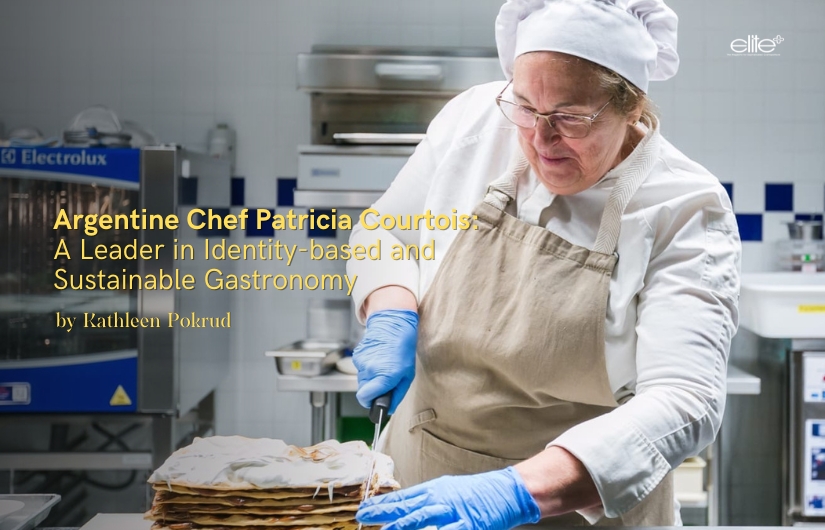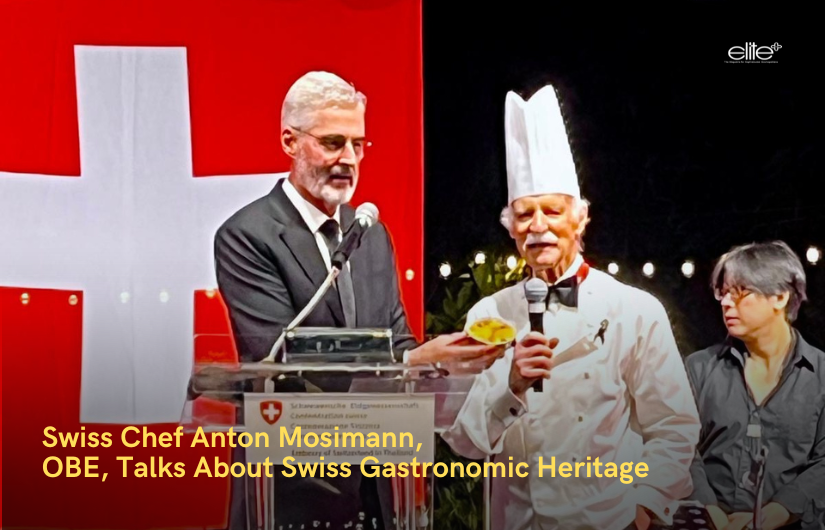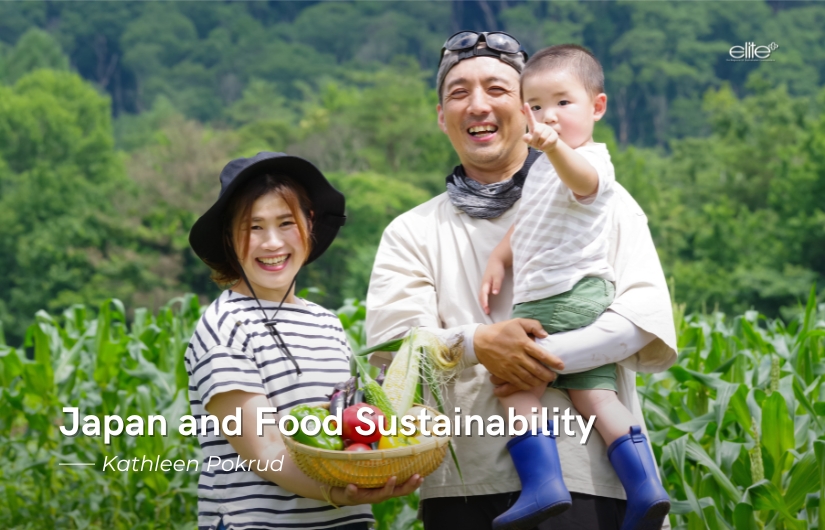Canadian Cuisine: Local Ingredients And World Influence
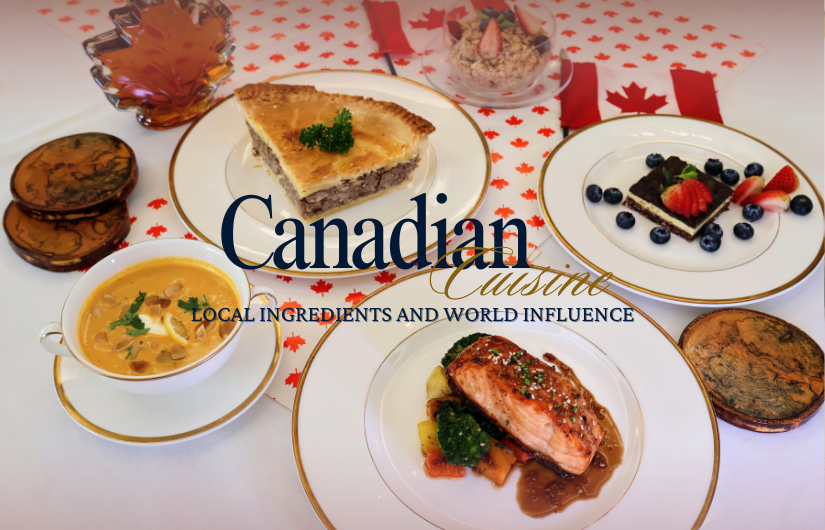
Canadian Cuisine: Local Ingredients and World Influence
By Kathleen Pokrud
Photos by Teresa Biesty
The history of Canadian cuisine is an exciting blend of diverse cultural influences using locally sourced ingredients. There are traditional, Indigenous dishes that over the years have combined with the continuous influx of immigrant contributions and evolved to become a unique and delicious blend of flavours. I sat down with HE Ambassador Ping Kitnikone to explore how cuisine in Canada has been shaped by the country’s geography and climate that vary significantly across the country.

Ambassador Kitnikone explained, “The main theme of Canadian cuisine is locally sourced ingredients applied in recipes brought forth by immigrants to Canada. While there is no key food for which we say, ‘This is a Canadian dish’ – we do have key ingredients that make something our own. A few examples include Alberta beef, Montreal smoked meat, Atlantic fish and Okanagan wine.” She candidly continued, “Of course, there are the stereotypical ‘Canadian’ foods – poutine, maple syrup and Tim Hortons – but Canadian food is so much more than these!”
Asked about the history of Canadian cuisine, Ambassador Kitnikone commented, “The earliest cuisine in the vast area of Canada is heavily based on Indigenous, English, Scottish and French roots. Locally sourced and available ingredients are adopted to complement the seasonal changes in Canada to create such dishes as dried meats and preserved fruits and vegetables for the long harsh winters while the much-anticipated summer seasons are filled with foraged plants and wild berries.
“With the arrival of European settlers, additional recipes from the continent were brought forward. These European cuisines gradually adapted to include local ingredients and slowly evolved into Canadian recipes. Europeans also brought a harvest festival to celebrate the bounty of autumn – but given our colder climate, Canadian Thanksgiving falls in October, a month earlier than in the USA.”
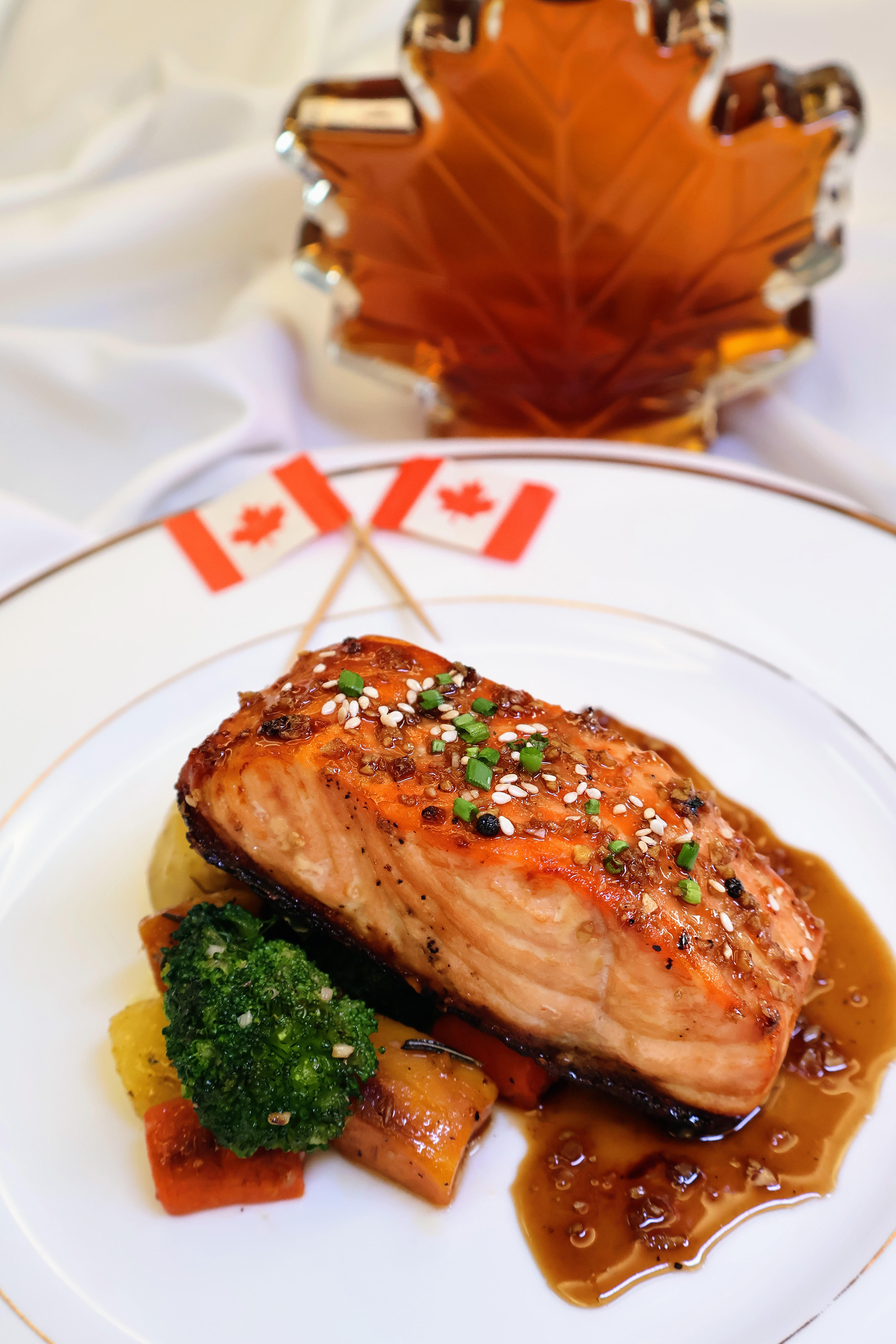
Canada is a country well-known for its gorgeous scenic beauty. The abundant local resources and unique culinary tradition have made Canadian food another enticing factor for tourists. Ambassador Kitnikone explained, “When it comes to food culture, its eclectic nature is what I believe makes our food unique. Canada is a mosaic of cultures due to our historical past as we have continuously embraced foods from all over the world through the decades. That’s why many small towns throughout Canada will have a Chinese restaurant – and why our cities now boast some of the best Asian food in the world. Food festivals are popular throughout the provinces. Whether in big cities or small towns, Canadians enjoy the different cuisines offered in their local areas and across all regions.”
Exploring further the question of a traditional style of Canadian cuisine, Ambassador Kitnikone referred to Jennifer Cochrall-King, a Canadian food culture writer and author. Cochrall-King has said, “There is no single definition of Canadian cuisine. It starts with ingredients that spring from the landscape and with traditional dishes steeped in a region’s history and culture.”
Many local ingredients have been discovered, and they have acted as keys elements of traditional Canadian cuisine. For example, there are a lot of recipes that have been adapted for game meat. Some areas are best known for their signature ingredients such as Alberta beef, Chilliwack or Taber corn, Okanagan fruit and wine, Malpeque oysters, and lastly, Canadian maple syrup, mostly from Quebec, which accounts for more than 70% of world production.
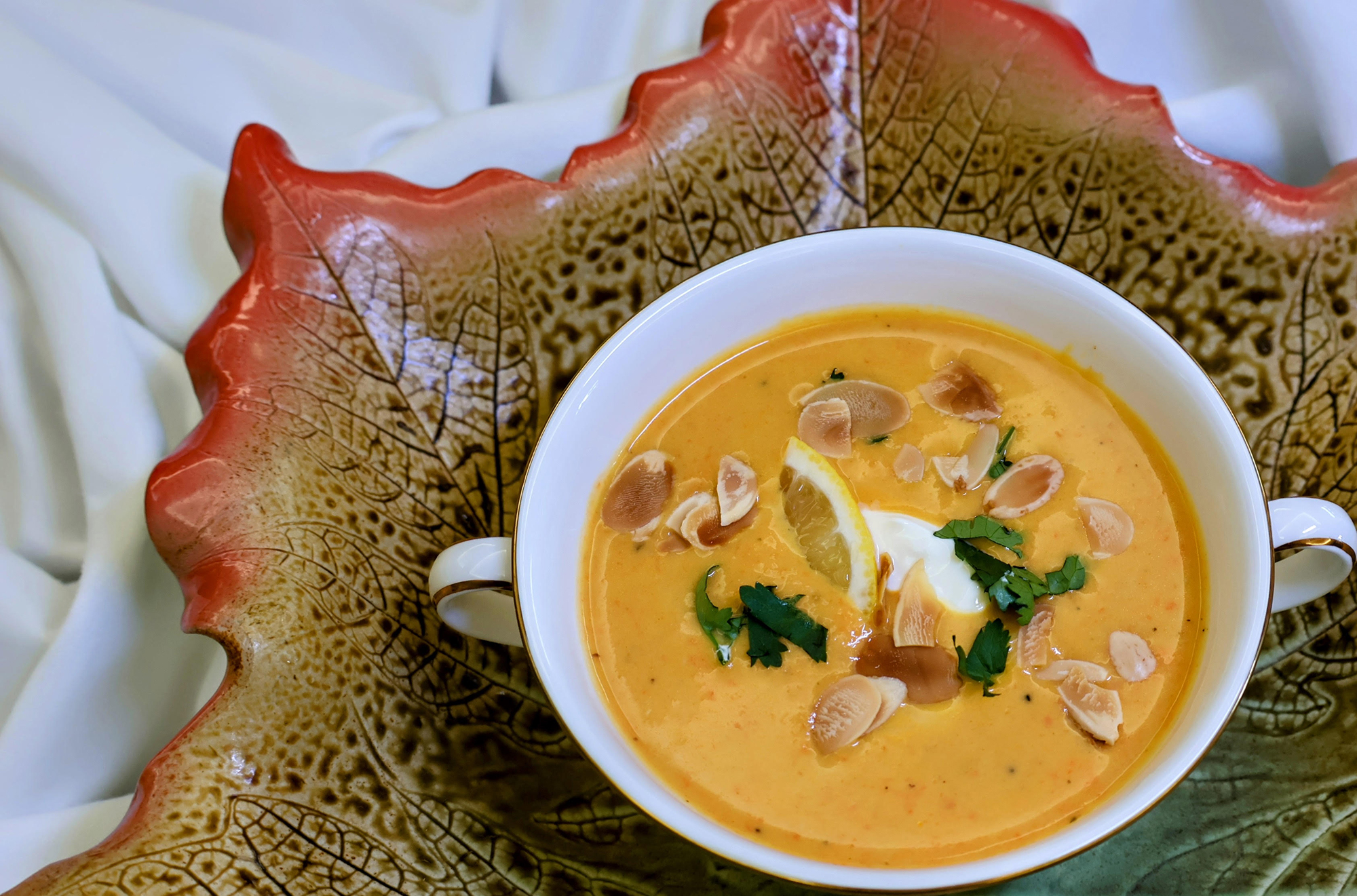
Ambassador Kitnikone candidly mentioned the Great Canadian Maple Syrup Heist. “It’s a little-known fact that Canada has a national reserve of maple syrup. Over the course of several months in 2011 and 2012, a team of thieves stole approximately 3,000 tonnes of maple syrup, valued at 18.7 million Canadian dollars, from the strategic maple syrup reserve maintained in Quebec.” The story was featured in a Netflix documentary Dirty Money season 1, episode 5, “The Maple Syrup Heist”.
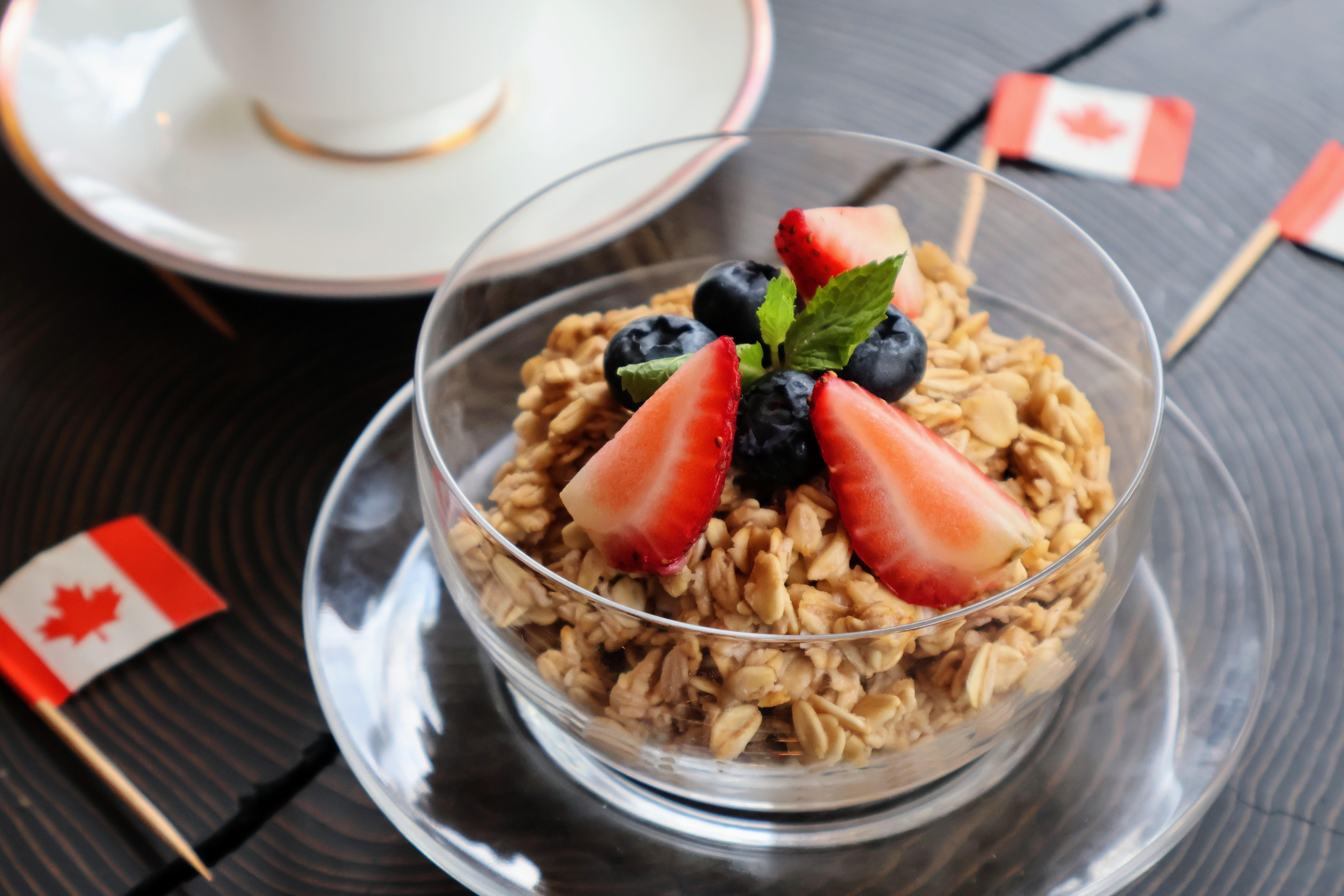
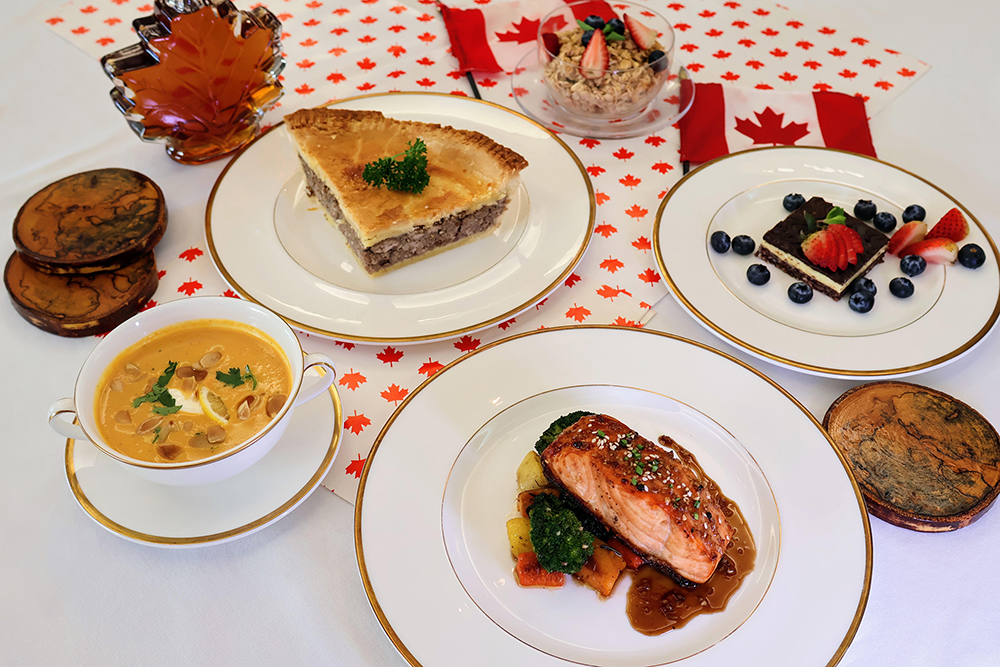
On the subject of regional differences, Ambassador Kitnikone outlined some aspects that define regional Canadian cuisines. “Coastal provinces are more likely to have seafood-based dishes, whereas the prairies and northern Canada focus more on game and meat. Large communities of Ukrainian and Polish immigrants have made pierogis, (dumplings that are usually filled with potatoes), a staple in the Prairies. Iconic dishes based on the local ingredients include British Columbia’s Pacific salmon, Alberta’s Bison, Saskatchewan’s Saskatoon berry pie, Manitoba’s Flapper pie, Ontario’s Peameal or Canadian bacon, Quebec’s Tourtière, Newfoundland‘s Jiggs dinner, New Brunswick’s Rappie pie, Nova Scotia’s Halifax donair, Prince Edward Island’s Fries from PEI potatoes with the works, the Northwest Territories’ Muktuk, the Yukon’s Sourdough pancakes and lastly, Nunavut’s Arctic char.
As our interview drew to a close, Ambassador Kitnikone noted that Canadian cuisine has changed over the years, influenced by trends, the influx of new cultures and availability of ingredients. Reflecting on the existence of modern Canadian cuisine, she concluded, “Our cuisine has changed so much as Canada welcomes people from all over the globe. If there is a person in Canada, cooking for other Canadians – then they are making modern Canadian cuisine.”
Key Representative Canadian Dishes
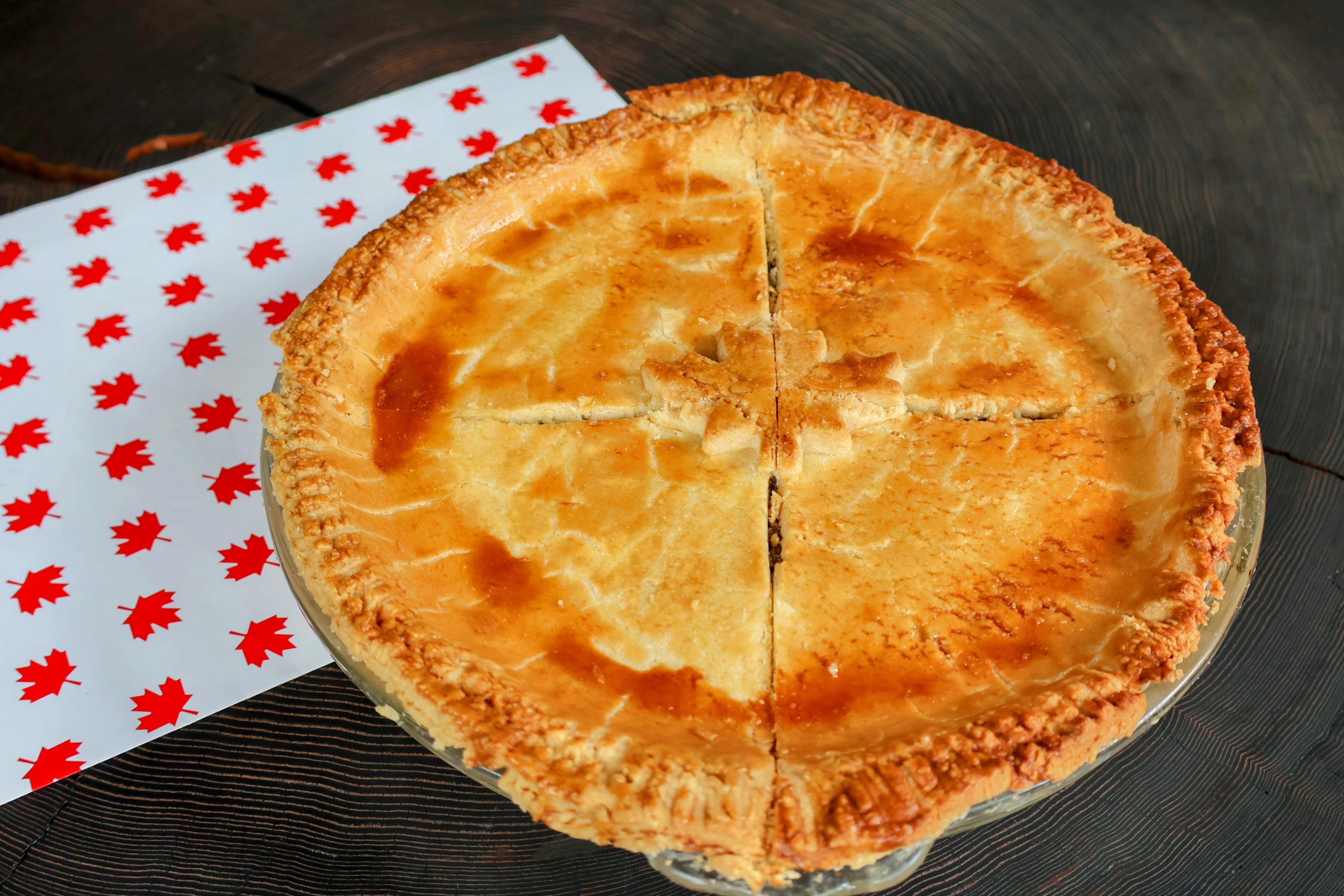
Another popular Canadian dish is a meat pie, or Tourtiere, which remains a classic Quebec holiday dish. In the Maritimes and British Columbia, there is abundant fish and seafood, so smoked salmon and fresh lobster are popular. Maple syrup from Quebec and Ontario is enjoyed on pancakes and as a delicious ‘tire’ – a hot taffy poured onto fresh snow to harden it, and as a cooking and baking ingredient to add a unique flavour to the end product.
Other well-known Canadian dishes include bannock, a flatbread brought forward through Indigenous culture. A staple of Chinese-Canadian cuisine, ginger beef was invented in Calgary in the 1970s at the Silver Inn Restaurant by sisters Lily Wong and Louise Tsang. Beavertails were invented in Killaloe, Ontario, in the 1970’s from a family recipe by Grant and Pam Hooker, and the pastries are now enjoyed by thousands of visitors every year at Ottawa’s Winterlude festival.
For meat-lovers, there is Canadian bacon and Montreal-style smoked meat. Numerous people claim they created this, but it is a kosher-style deli food, created sometime between 1880 and 1910. Lastly, for those with a sweet tooth, butter tarts originated in Ontario in the early 1900s while Nanaimo bars were created in the 1950s in Nanaimo, BC.
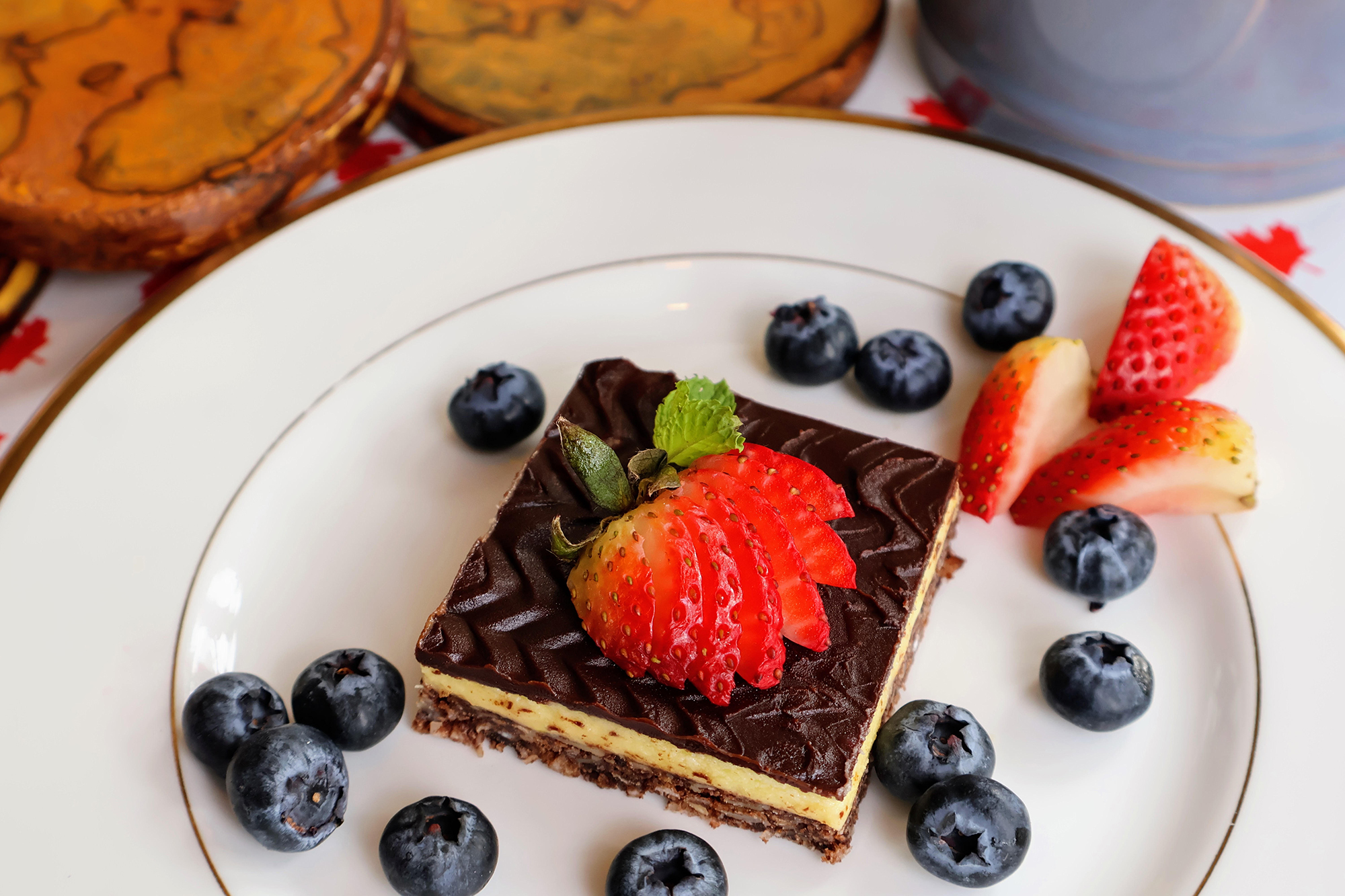

Kathleen Pokrud 179 Posts
In the business community, she serves on the Board of Directors with the Thai-Hong Kong Trade Association. Kathy is on the Thailand Tatler Magazine Expat Society The 200 List. She is the Honorary Columnist and contributing writer to a few leading English magazines. She and her husband, RADM Dr Boonyarit Pokrud have one son who is currently based in Boston, USA.




